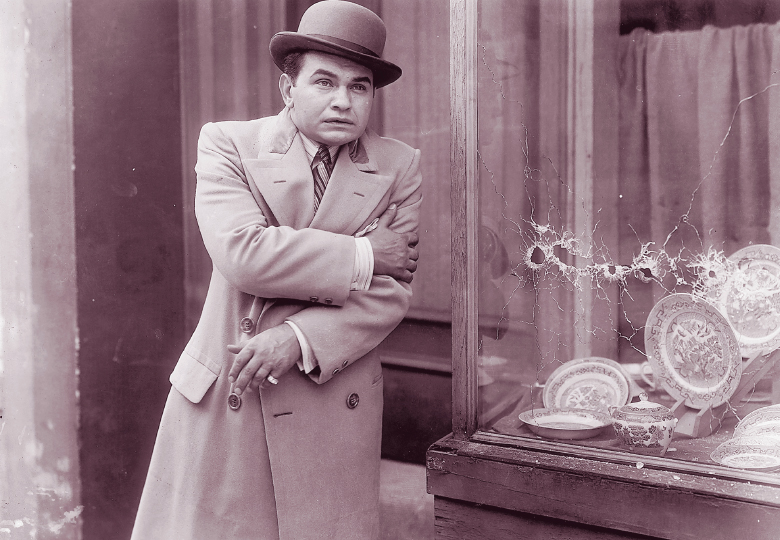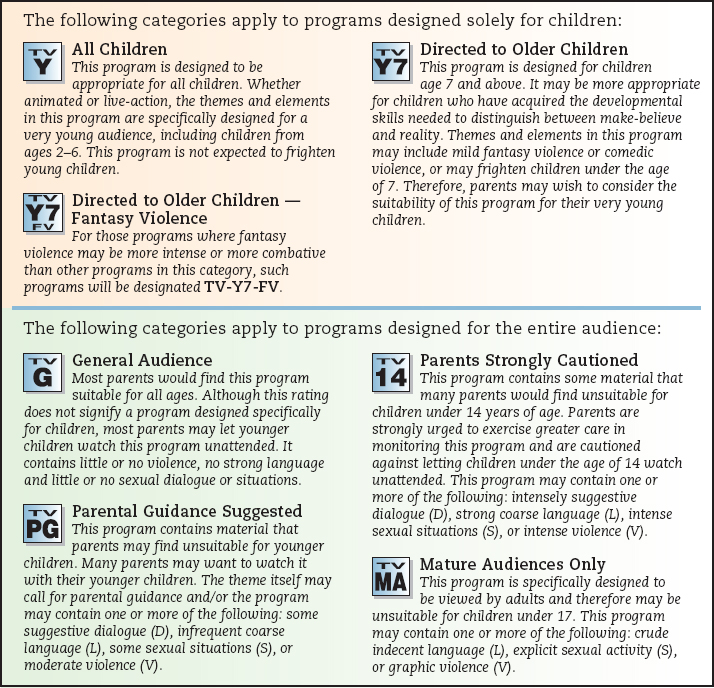Social Psychology Studies
While opinion polls measure public attitudes, social psychology studies measure the behavior and cognition of individuals. The most influential early social psychology study, the Payne Fund Studies, encompassed a series of thirteen research projects conducted by social psychologists between 1929 and 1932. Named after the private philanthropic organization that funded the research, the Payne Fund Studies were a response to a growing national concern about the effects of motion pictures, which had become a particularly popular pastime for young people in the 1920s. These studies, which were later used by some politicians to attack the movie industry, linked frequent movie attendance to juvenile delinquency, promiscuity, and other antisocial behaviors, arguing that movies took “emotional possession” of young filmgoers.10

Concerns about film violence are not new. This 1930 movie, Little Caesar, follows the career of gangster Rico Bandello (played by Edward G. Robinson, shown), who kills his way to the top of the crime establishment and gets the girl as well. The Motion Picture Production Code, which was established a few years after this movie’s release, reined in sexual themes and profane language, set restrictions on film violence, and attempted to prevent audiences from sympathizing with bad guys like Rico.
In one of the Payne studies, for example, children and teenagers were wired with “electrodes” and “galvanometers,” mechanisms that detected any heightened response via the subject’s skin. The researchers interpreted changes in the skin as evidence of emotional arousal. In retrospect, the findings hardly seem surprising: The youngest subjects in the group had the strongest reaction to violent or tragic movie scenes, while the teenage subjects reacted most strongly to scenes with romantic and sexual content. The researchers concluded that films could be dangerous for young children and might foster sexual promiscuity among teenagers. The conclusions of this and other Payne Fund Studies contributed to the establishment of the film industry’s production code, which tamed movie content from the 1930s through the 1950s (see Chapter 16). As forerunners of today’s TV violence and aggression research, the Payne Fund Studies became the model for media research. (See Figure 15.1 for one example of a contemporary policy that has developed from media research. Also see “Case Study: The Effects of TV in a Post-TV World”.)

TV PARENTAL GUIDELINES
The TV industry continues to study its self-imposed rating categories, promising to fine-tune them to ensure that the government keeps its distance. These standards are one example of a policy that was shaped in part by media research. Since the 1960s, research has attempted to demonstrate links between violent TV images and increased levels of aggression among children and adolescents.
Source: TV Parental Guidelines Monitoring Board, http://www.tvguidelines.org, accessed December 30, 2012.